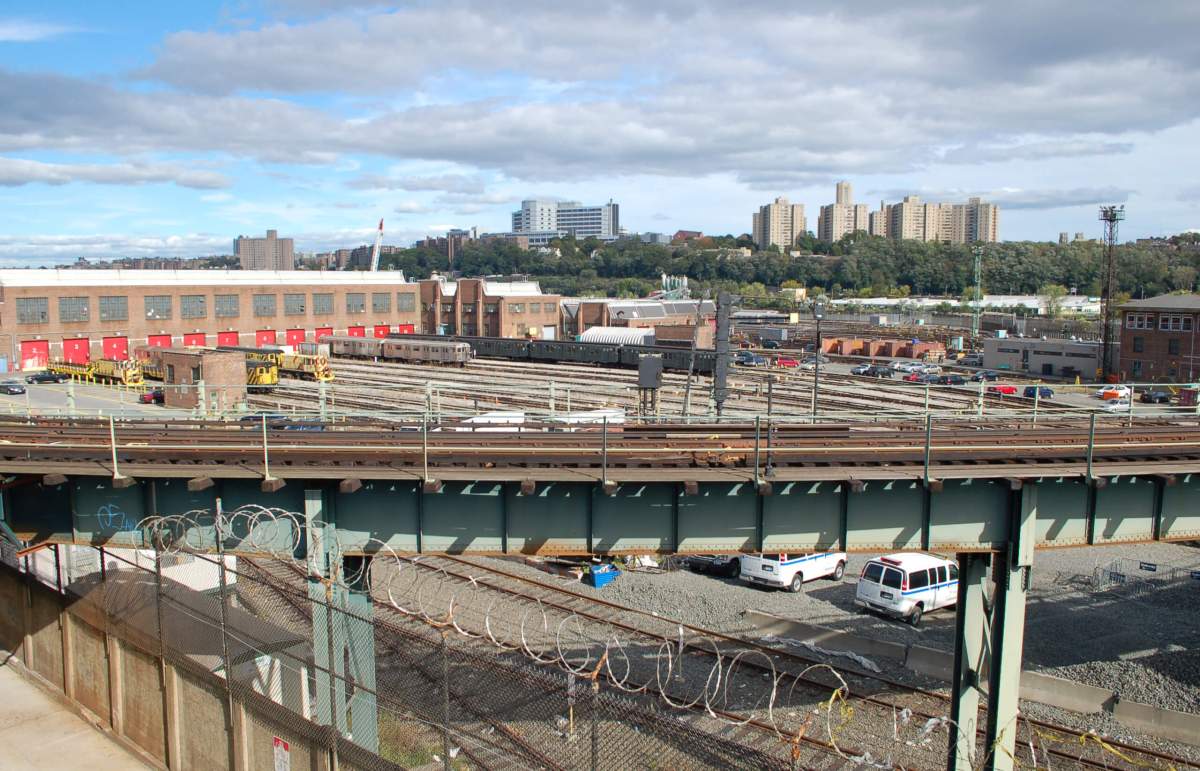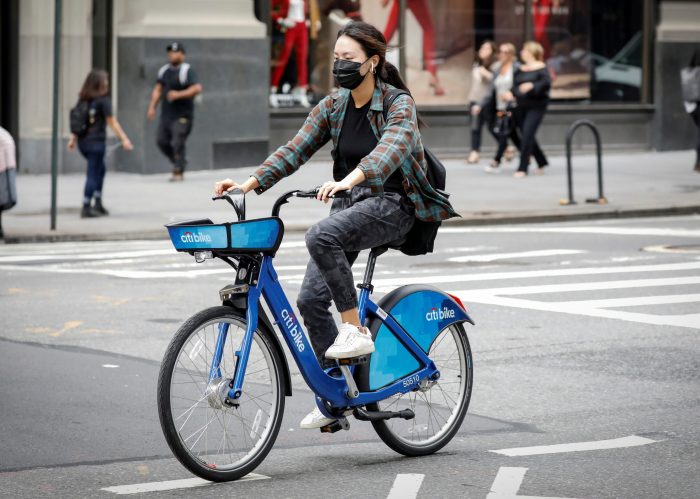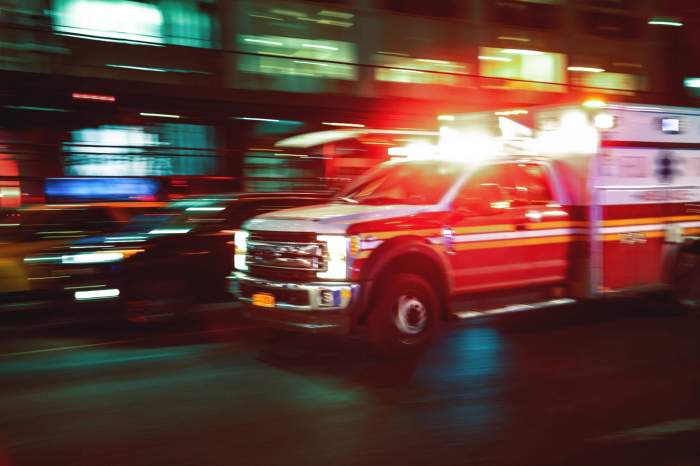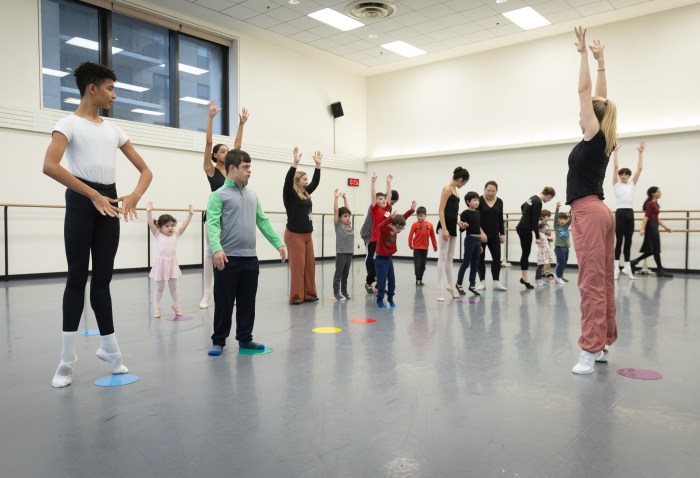More than a dozen MTA worker facilities lack proper fire safety prevention measures, warned the agency’s Office of Inspector General.
The OIG sounded the alarm on a number of MTA locations, and singled out faulty fire pump infrastructure at the 207th Street Yard uptown as particularly troubling, according to an April 14 “flash letter” from acting Inspector General Elizabeth Keating to former New York City Transit interim President Craig Cipriano released by the internal watchdog Wednesday.
When working effectively, the pumps boost water pressure for fire suppression systems, such as sprinklers and standpipes, when the normal water supply is too low to contain a fire effectively.
But the Inwood facility showed results indicating low water volume that could render the fire suppression system ineffective during a fire, according Keating.
“NYCT must ensure they have an adequate water supply to fight fires, anything less is unacceptable,” said Keating in a statement Wednesday. “The workforce reporting to the 207th Street Yard, and every other MTA facility, deserve a safe work environment.”
The 207th Street Yard, which the agency is currently expanding as part of Hurricane Sandy-related repairs, serves as the main storage depot for trains running on A and C subway lines, as well as the repair facility for A, B, C, and D lines, and the overhaul shop for the subway’s numbered lines.
After questionable testing results came back from an in-house team there in March, transit higher ups hired an outside company to do another check, which found that a fire pump in the facility “failed almost immediately,” with extremely low volumes of water coming through, according to the OIG.
“Based on the results, the outside company determined…that the fire suppression system was ineffective,” Keating’s letter reads.
The contracted reviewers said that the failure at the pump may have been due to low water pressure coming from the yard’s so-called fire loop — an 8-foot underground pipe that sends water to all hydrants and facilities within the fire protection system.
The check was part of a larger audit of NYCT’s fire safety infrastructure, but Keating flagged the 207th Street issues to Cipriano immediately in March and April letters, due to the findings.
The system is critical for fire safety in the complex, and MTA is in the middle of a more than $600 million rehabilitation of the 207th Street Yard to repair damage caused by the 2012 Superstrom, and to add proactive anti-flooding measures.
The project, set to be mostly done by mid-2024, also includes the construction of two new signal relay buildings, which at a combined 34,000 square feet are the largest new buildings in the MTA system, according to agency board documents from March.
The MTA had requested the check of the 207th Street system to see if they could add any more connections to the fire loop as part of the expansion.
Having a working fire suppression system in accordance with codes outlined by the nonprofit National Fire Protection Association is key to making sure workers and the new facilities are safe in the event of a fire, the letter emphasizes.
“Fire suppression systems play an important role in ensuring personnel and assets are protected from fires,” Keating wrote. “Testing and maintaining these fire pumps on NFPA-required schedules is of the utmost importance.”
But that’s not the only troubling finding from the OIG investigation.
Keating described that 22 of 23 fire pumps across 13 NYCT facilities had not been tested recently enough— and that the MTA subsidiary’s staff may not have proper training to do the checks, according to the missive.
The OIG found that NYC Transit has neglected to do the annual testing of its system at the facilities, which include other outposts like the Coney Island Yard in Brooklyn and the Corona Yard in Queens. All 23 fire safety systems are within facilities not open to the public.
Twenty-two systems had their last checkup in 2020 and only one, the Fulton Street Transit Center downtown, had a check last year in November.
The agency had no records of replacing or testing its pump gauges — which measure pressure and suction — even though that should happen every five years, according to the fire code.
NYCT has since hired outside vendors to test the 23 pieces of equipment and review the 22 old reports from 2020, while figuring out how to best train its staff after those checks are done.
It has also bought 46 new gauges for these pumps which workers will install by the end of June, according to MTA officials.
The agency hired a “24/7 fire watch” at for the 207th Street Yard where the issue showed up, and officials claimed the facilities were safe.
“There is no known fire safety hazard in New York City Transit train yards where we instituted preventative measures and had independent certified fire suppression experts assist in testing equipment and installing any necessary upgrades,” MTA’s Chief Safety and Security Officer Pat Warren in a statement.
“We will continue to evaluate fire safety strategy, keeping policies in alignment with industry standard best practices,” Warren added.





































